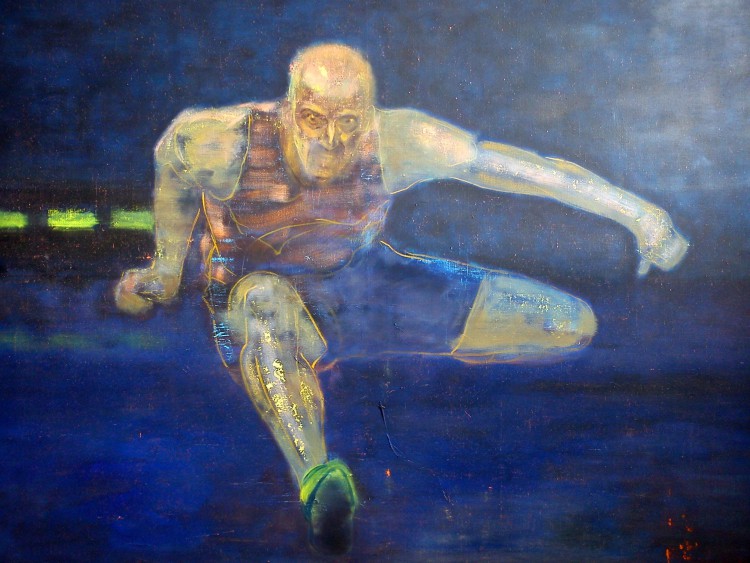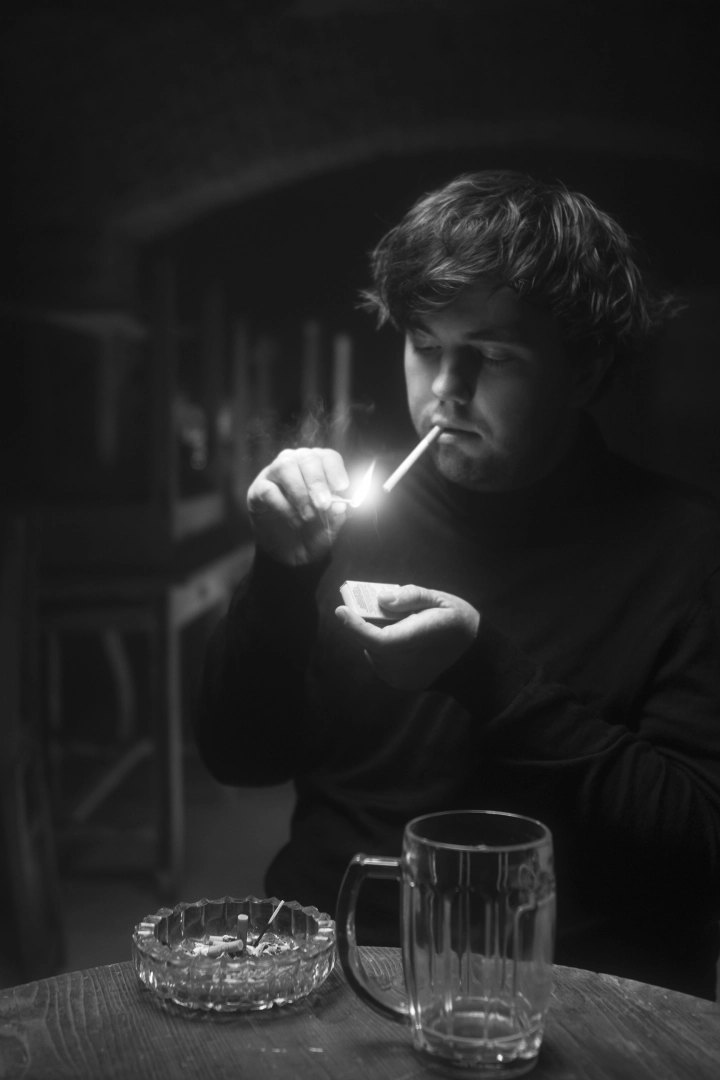The 25th edition of the European Athletics Championship is taking place at the Olympic Stadium in Munich from August 15th – 21st. Athletics comprises several individual sports based on natural movements of humans. Not only because of that they served and still serve as the objects of artistic representation. Below we’re bringing you a few examples.
.jpg)
The origins of athletics can be found in Ancient Greece, where athletics was the main focus of Olympic Games. It was the place where the ideal of union of body and mind known as kalokagathia came from. And it’s probably where the connection of art and sport dates back to. The fact that contemporary artists portray athletics is no surprise – if for nothing else, thanks to Mother Antiquity these disciplines have quite an extensive cultural heritage. Remember the Discobolus of Myron for instance... who referred to it in the past few years?
Lenka Klodová
Lenka Klodová’s Winners are a bit older (first exhibited in 2005), but their message remains up to date. Her piece portrays female athletes at the peak of athletic performance. However, their bodies are digitally altered and they create an impression that the athletes are in the late stages of pregnancy. “It’s essentially an allegory to the similarities between motherhood and top athletic performance, gold medals, achieving a personal milestone. It’s supposed to remind us, that even though the birth of a child might seem as the simplest of things, for the mother, the parents it’s a race won, one for which they’ve been preparing physically and emotionally for a long time,”said Klodová then. Winners haven’t lost any of their insistence even years later, mostly thanks to the contrast between personal and career achievements. What is more? Medal or birth of a child? Guess it’s different for every winner...
Alena Anderlová
Another Czech artist who used to portray athletes is Alena Anderlová. Her paintings of athletes were originally a part of a bigger whole. Unlike Klodová, who’s used the athletes mostly conceptually as the means of her message, Anderlová focuses more on the visual side of sport. “I’m interested in capturing the phases of movement and the athletes’ expressions, the phases of their jumps as they hover in the air. The athletes fly in the sky like birds, but they never fall to the ground in my paintings. They can hover forever in some sort of timelessness. It distantly refers to the topic of levitation, which I’ve been and still am focused on. Among my inspirations are also the prints by Francisco Goya, which portray mysterious winged figures flying in the sky,” stated Anderlová. The theme of sports later “emancipated” in Anderlová’s work. Whether it was the exhibition V Hlavě or the exhibition sponsored by the platform Sport in Art, which was called ROW ROW ROW and carried the imprint of the cult rowing race Primátorky.

Nicholas Stedman
“My paintings are based on direct experience working with performers. I create figurative paintings of moving figures: divers, dancers, gymnasts or aerial artists in minimalist semi-abstract settings,” comments Nicholas Stedman his work and adds: “Movement in dance, gymnastics and other types of physical activity provide ways for people to express their inner unconscious self. The movement depicted in my figure compositions expresses temporality and the essence of life, which is energy.”
.jpg)
Such is his Olympic Orbitals – a slightly romanticized take on sports. Seeing Stendman’s paintings might evoke the representation of sport in Ancient Greece – we can see all the figures during their peak performance, with their muscles flexed and no signs of fatigue. As he himself says: the primary motif of his paintings is energy.
Alexander Paulus
And back to social criticism! “I often think about how humans fit into this world and how small we actually are compared to the rest of the universe/multiverse. I am very interested in the purpose of human existence. It seems like we do a lot of weird sh*t for no reason,” explains Alexander Paulus his motivation for playing rather cruel jokes on humans. His painting are bleakand he puts us as humanity in a somewhat unflattering position. Not a single sign of the previous antique ideal, no, in Paulus’ work sport stands for just another part of the silly human pursuit, which might as well end rather tragicomicly ... for example like in his painting He took first in the javelin catch.
.jpg)
Compared to collective sports, athletics represents an even more fitting metaphor for human life, especially through the principle of individuality, which might fly like a bird or plod like a worm. It depends solely on the artist which one to pick.






